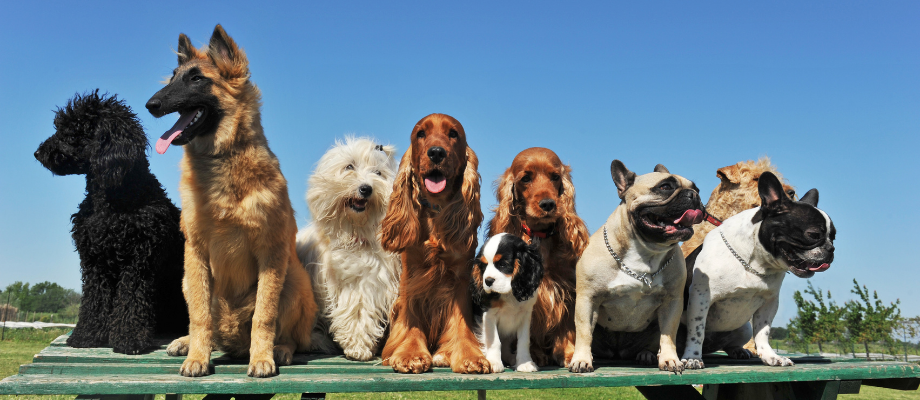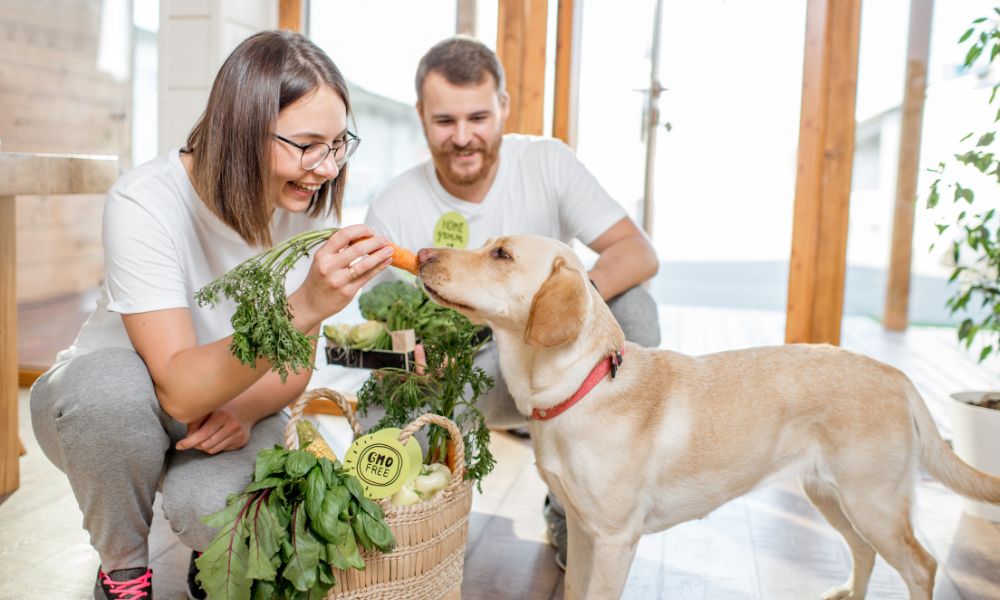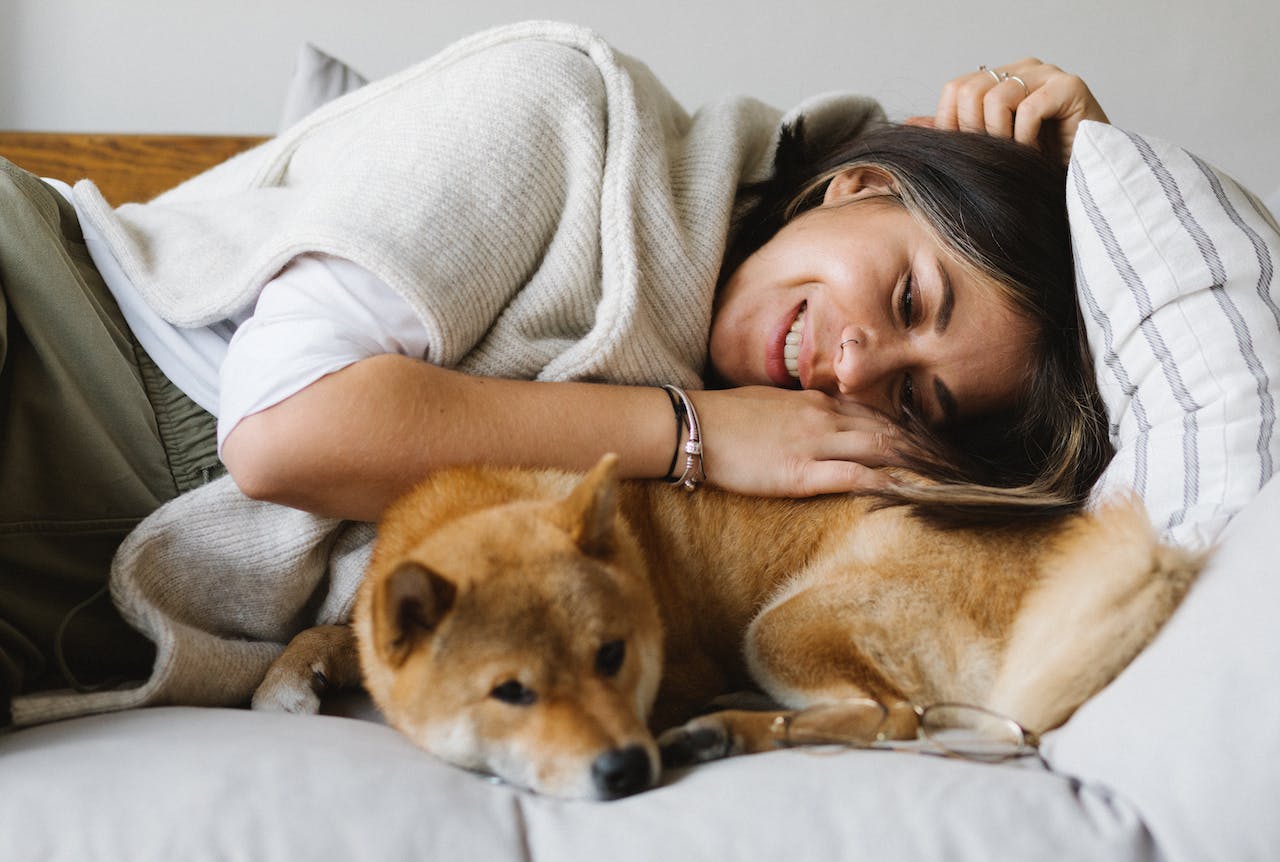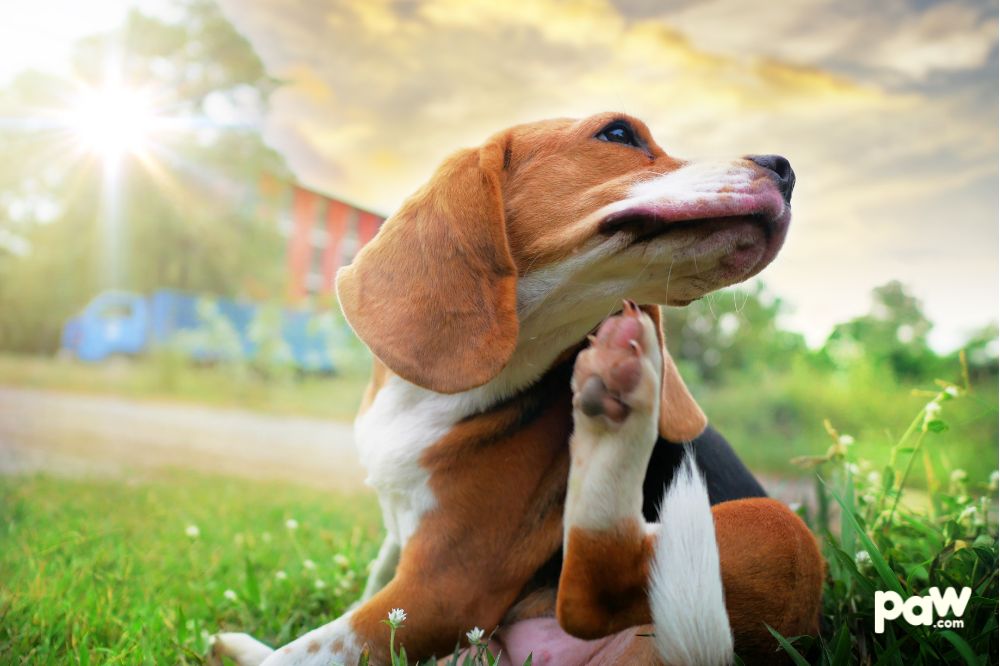
A Guide to Choosing a Dog Breed

Are you planning on getting a dog in celebration of National Dog Day? That’s great news, and an exciting time for you and your family! The joy and unconditional love that comes from adding a fun and furry member to the household will certainly enhance the lives of all your family members. But, choosing a dog breed is harder than you think.
There are several factors to consider before you choose a dog breed. Most importantly, examine your current lifestyle and consider what adjustments you are willing to make for a dog. Look at the needs of your family, especially if you have children, older relatives, or other pets. People with allergies, or those who prefer low-shedding dogs, might want to look into hypoallergenic dog breeds.
But, bringing a new dog into your life is a major decision. First, make sure you are ready for a dog before you start the process. It is also essential that you understand the cost of dog ownership and whether or not it can fit into your budget. If you have decided that the time is right, congratulations! Now it is time to figure out what type of dog is right for you.
The world of dogdom offers a wondrous assortment of dog breeds. The American Kennel Club recognizes nearly 200 different dog breeds, offering an astounding array of shapes, sizes, temperaments and behaviors. Whether you’re looking for a teacup pup or monstrous mastiff, there is a breed out there for you. Here are some tips to help you choose the best dog for you and your family.
Choosing a Dog Breed: Size

You may already know that you want a little lap dog that you can carry around, or you might have your heart set on a large or giant dog breed. If you can’t decide, then perhaps a medium sized dog is a good choice.
Remember that some small dogs are delicate and vulnerable. Being stepped on or mishandled can cause serious injury. Also, little dogs can be much more sensitive to colder temperatures, so be ready to help keep them warm. Don’t forget that dogs need obedience training too! Some little dogs can develop “tough dog” attitudes, seemingly to compensate for their small size. Be sure you’re prepared for this possibility.
Very large dogs need a bit more space to move around. Big, happy dogs with long, whip-like tails need "wagging space" to avoid tail injury or damage to household objects. Another consideration is expenses: the bigger the dog, the more expensive things like dog food, dog supplies, and medical treatments become. Large dog breeds are also more susceptible to joint issues and hip dysplasia, so it’s important to invest in the proper bed that’ll fit their needs and prevent damage or injury.
Choosing a Dog Breed: Activity Level

You probably already know that some dogs have more energy than others. A dog’s activity level is often determined by breed, but that doesn’t mean you can rely on breed alone to determine how energetic your dog could become. Every dog needs routine exercise, regardless of breed or size, so make sure you can provide this. If you know you can’t commit to more than one or two casual walks per day, then you will probably be better off with a lower energy dog, such as a Basset Hound. If you’re looking for a dog that can be a jogging partner, agility competitor, or “disc dog,” consider a breed like the Border Collie.
Be willing to adjust the amount of exercise and attention you give your dog if necessary. A dog that is barking constantly, digging up your yard, destroying your home, or acting out in some other way is most likely in need of extra activities. Many behavior problems are the result of excess energy.
Choosing a Dog Breed: Maintenance

Your dog’s appearance has a lot to do with his maintenance needs. All dogs need basic grooming, but certain breeds need more based on the type of hair coat. Choosing a dog breed with hair that keeps growing means that an advanced routine grooming is essential. Most short-haired, smooth-coated dogs are major shedders, so be prepared to do some extra cleaning up. Some grooming tools can help reduce shedding.
Be aware choosing a dog breed with long, floppy ears can mean more ear infections and require frequent thorough ear cleanings. In addition, certain types of dogs can do a lot of drooling. Many owners of Mastiffs, Bloodhounds, and similar dogs actually carry a “slobber cloth” with them to wipe the drool. If they shake their heads, watch out!
Choosing a Dog Breed: A Best Friend For Life

When choosing a dog breed, it will require a bit of effort on your part to determine the breed traits that will best suit you and your family. You’ll need to do some homework to learn which dog breeds are most likely to offer those desired traits.
Although you’re faced with a multitude of choices when selecting a dog, just consider the decision process to be part of the fun of becoming a pet parent. Regardless of the breed, a lifetime of unconditional love and warm hugs await you!
For more tips on pet ownership and resources for paw-rents, visit our blog.
Share this article
written by


